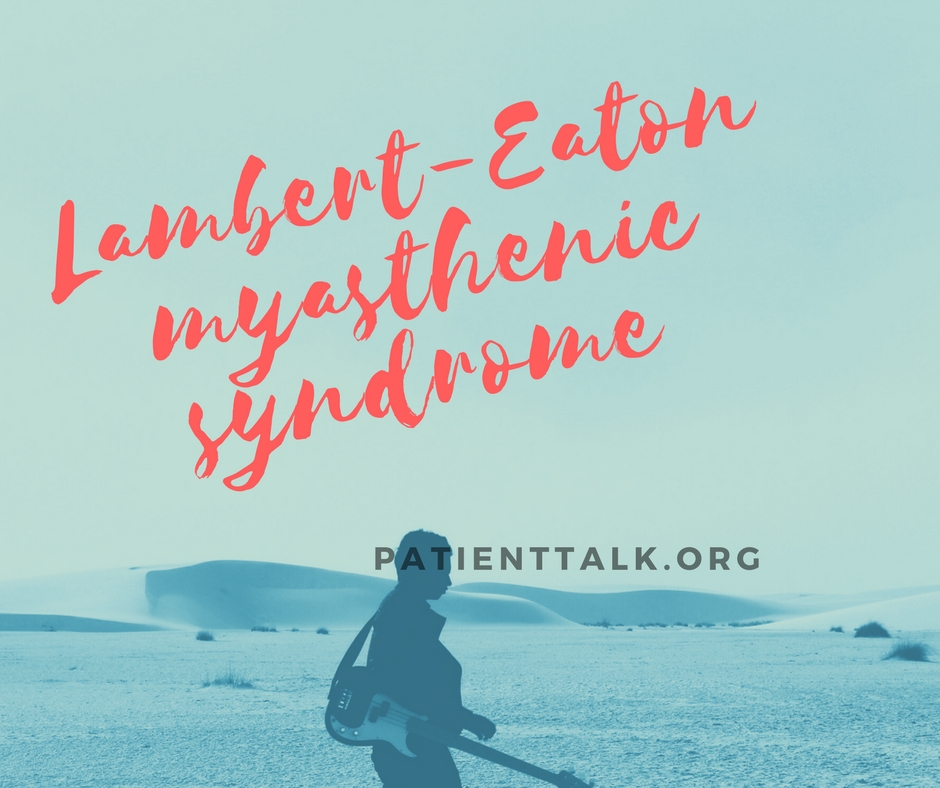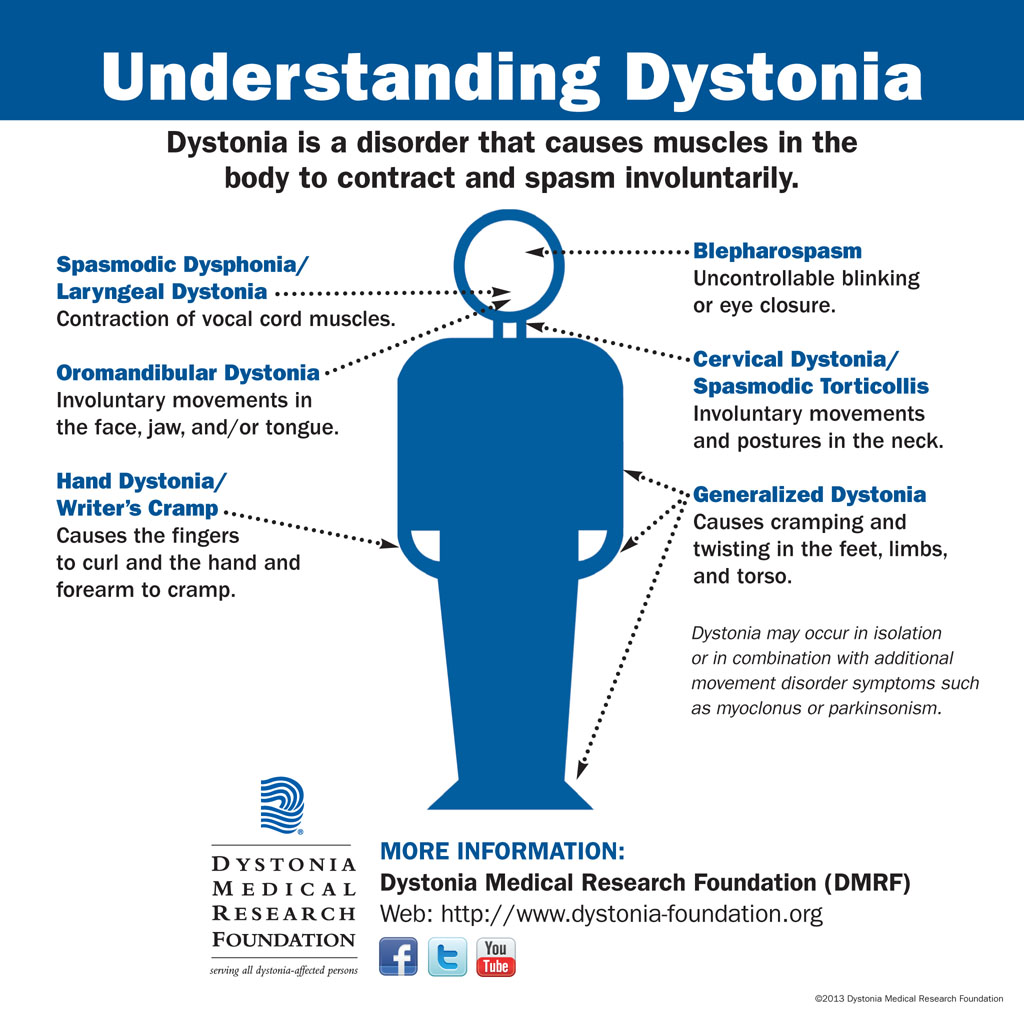Lambert-Eaton myasthenic syndrome (LEMS) is a very rare condition that affects the signals sent from the nerves to the muscles.
It means the muscles are unable to tighten (contract) properly, resulting in muscle weakness and a range of other symptoms.
About half of LEMS cases occur in middle-aged or older people with lung cancer. The remaining cases aren’t associated with cancer and can start at any age.
LEMS is also known as myasthenic syndrome or Eaton-Lambert syndrome.
Symptoms of LEMS
The symptoms of LEMS develop gradually over weeks or months.
The main symptoms are weakness in the legs, arms, neck and face, as well as problems with automatic body functions, such as controlling blood pressure.
Common symptoms include:
aching muscles
difficulty walking and climbing stairs
difficulty lifting objects or raising the arms
drooping eyelids, dry eyes and blurred vision
dizziness upon standing
erectile dysfunction in men
strength that temporarily improves when exercising, only to reduce as exercise continues
See your GP if you have a combination of these symptoms.
Causes of LEMS
LEMS is caused by the body’s natural defences (the immune system) mistakenly attacking and damaging the nerves.
Normally, nerve signals travel down the nerves and stimulate the nerve endings to release a chemical called acetylcholine. This chemical then helps activate the muscles.
If the nerve endings are damaged, the amount of acetylcholine they produce decreases, which means nerve signals don’t reach the muscles properly.
It’s not known what triggers the immune system to attack the nerves. It’s often associated with lung cancer, but can occur in people without cancer.
LEMS is not inherited.
Tests for LEMS
Your GP will first check your medical history, ask about your symptoms, carry out a physical examination, and test your reflexes.
If they think you have a problem with your nerves, they may refer you to a specialist called a neurologist for further tests to determine the cause.
Tests you may have include:
blood tests – a blood test can detect substances in the blood (antibodies) resulting from the immune system attacking the nerves
nerve studies – a needle may be inserted into your skin to check how well signals are reaching the muscles from the nerves
scans – you may have a computerised tomography (CT) scan or positron emission tomography (PET) scan to check for lung cancer
If initial scans don’t find cancer, you may be advised to have regular scans every few months for a few years to check that it doesn’t develop later on.
Treatments for LEMS
There’s currently no cure for LEMS, but a number of treatments can help reduce the symptoms.
These include:
treatment for lung cancer – if you have lung cancer, treating it can significantly improve the symptoms of LEMS
medication to help nerve signals reach the muscles – commonly used medicines include 3,4-diaminopyridine and pyridostigmine
to reduce the activity of the immune system (immunosuppressants) – commonly used medicines include steroid tablets (prednisolone), azathioprine and methotrexate
immunoglobulin therapy – injections of antibodies from donated blood that temporarily stop your immune system attacking your nerves
plasmapheresis – a procedure to redirect your blood through a machine that filters out the antibodies attacking your nerves
Medication is the main treatment, although immunoglobulin therapy and plasmapheresis may be recommended in the short term, or if muscle weakness is severe and other treatments haven’t helped.
Outlook for LEMS
Some people respond well to treatment and are eventually able to stop taking medication, although this may not be for several years.
Others respond less well and find the condition affects their everyday activities and quality of life.
LEMS doesn’t affect life expectancy if it’s not associated with cancer. But people with lung cancer and LEMS tend to have a shorter life expectancy because it’s often not diagnosed until the cancer has spread, and by this point it’s very difficult to treat.

